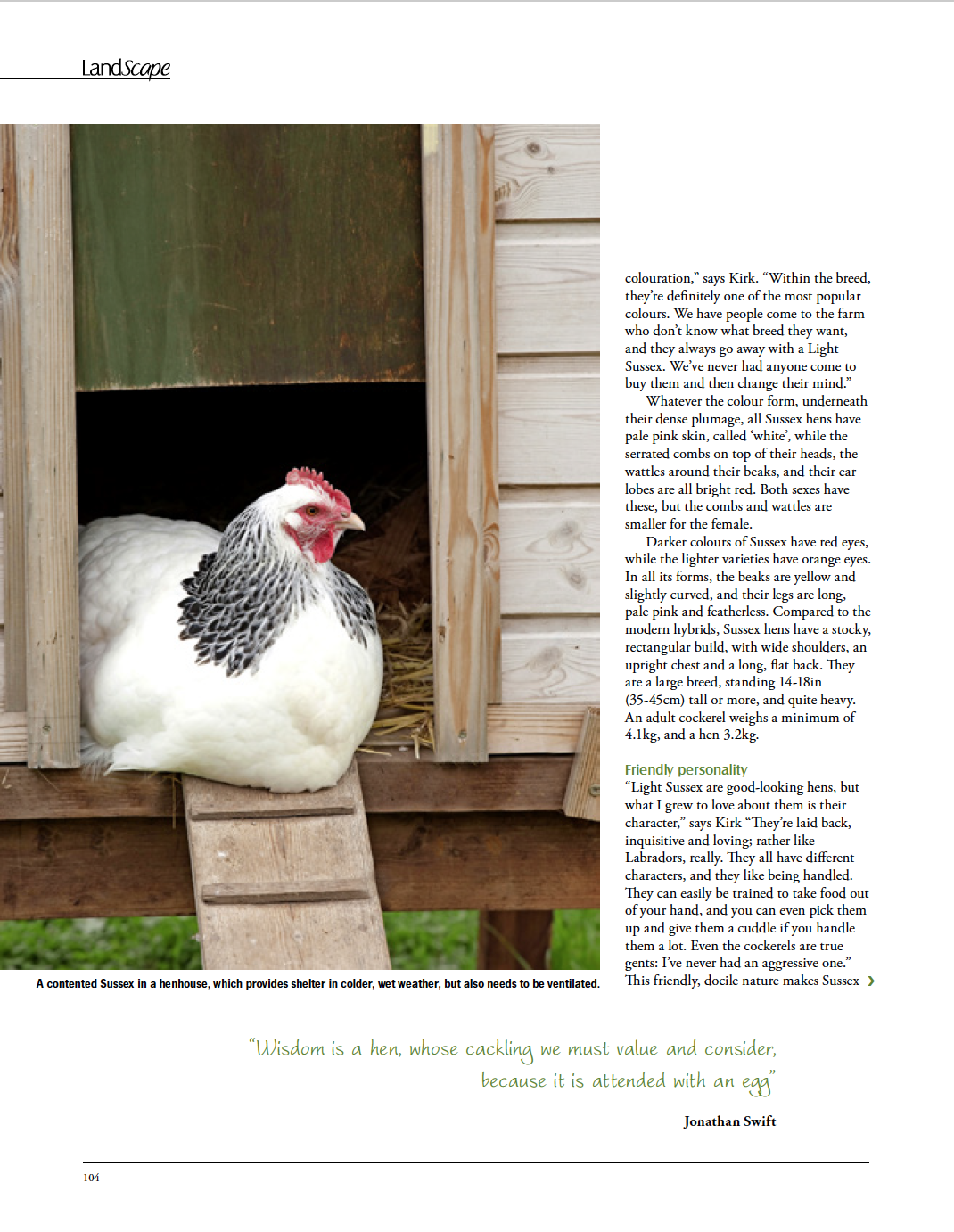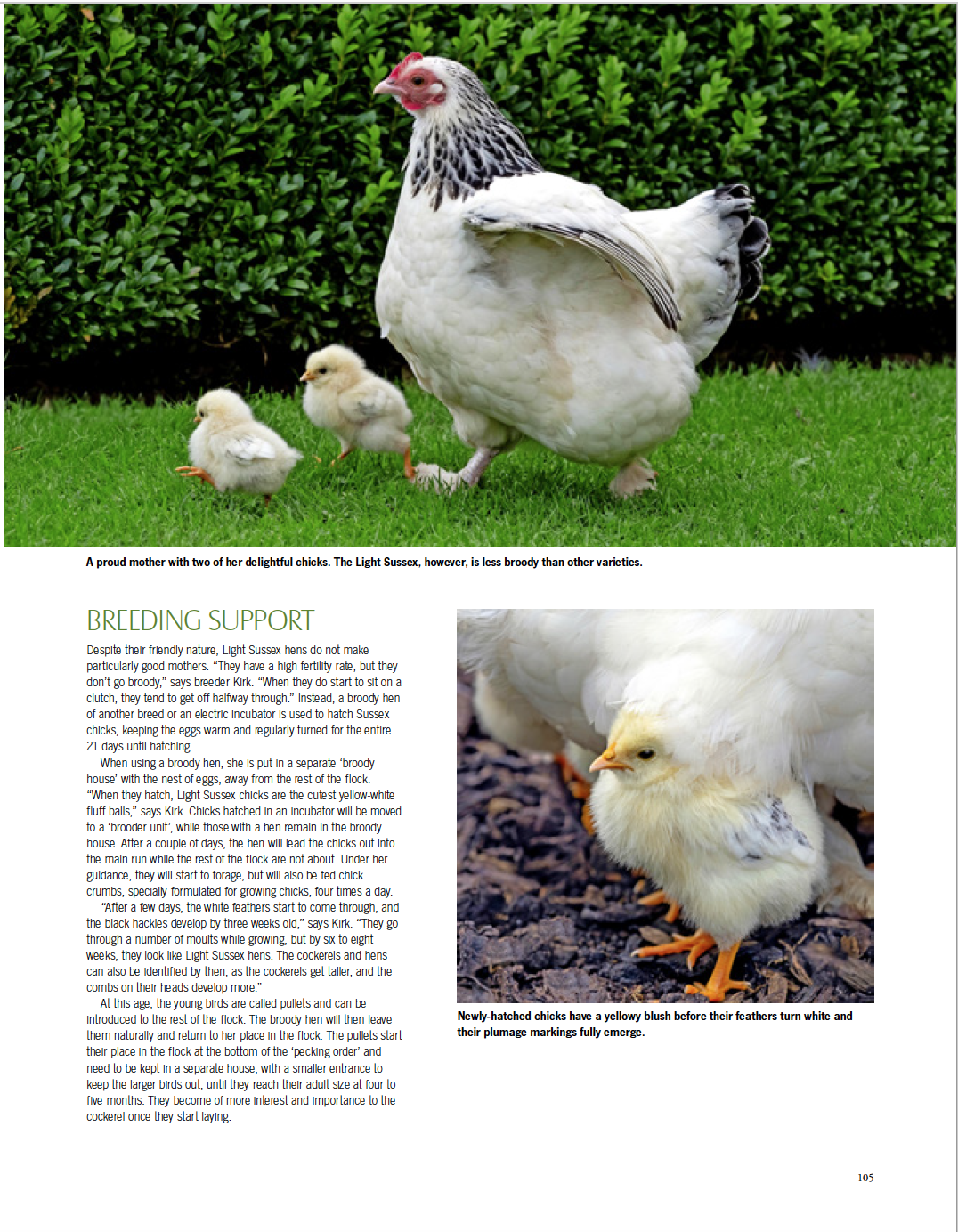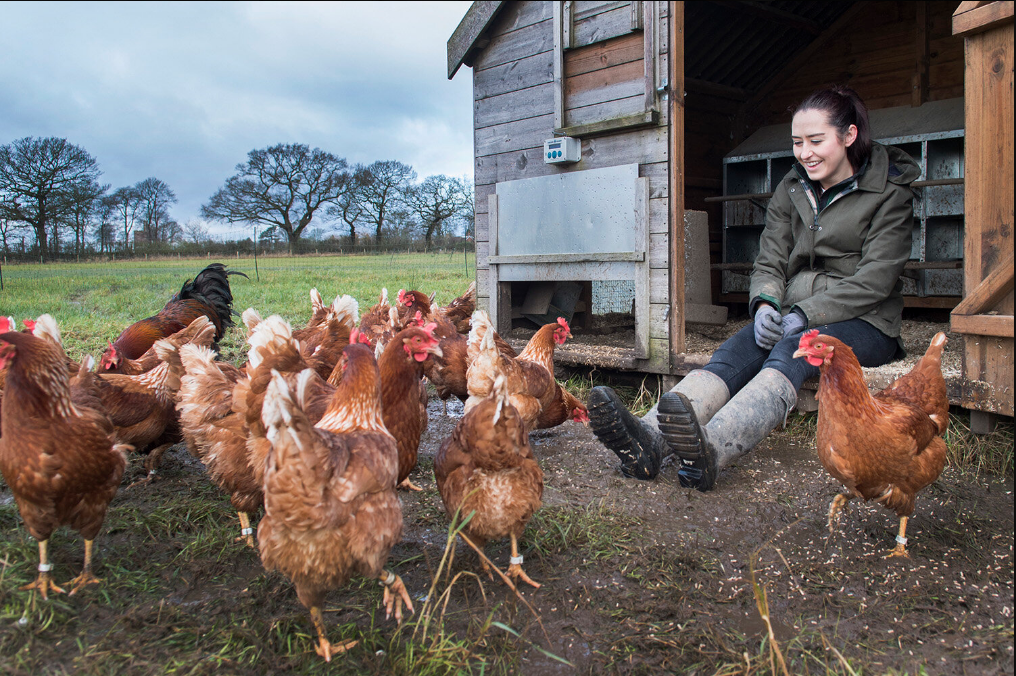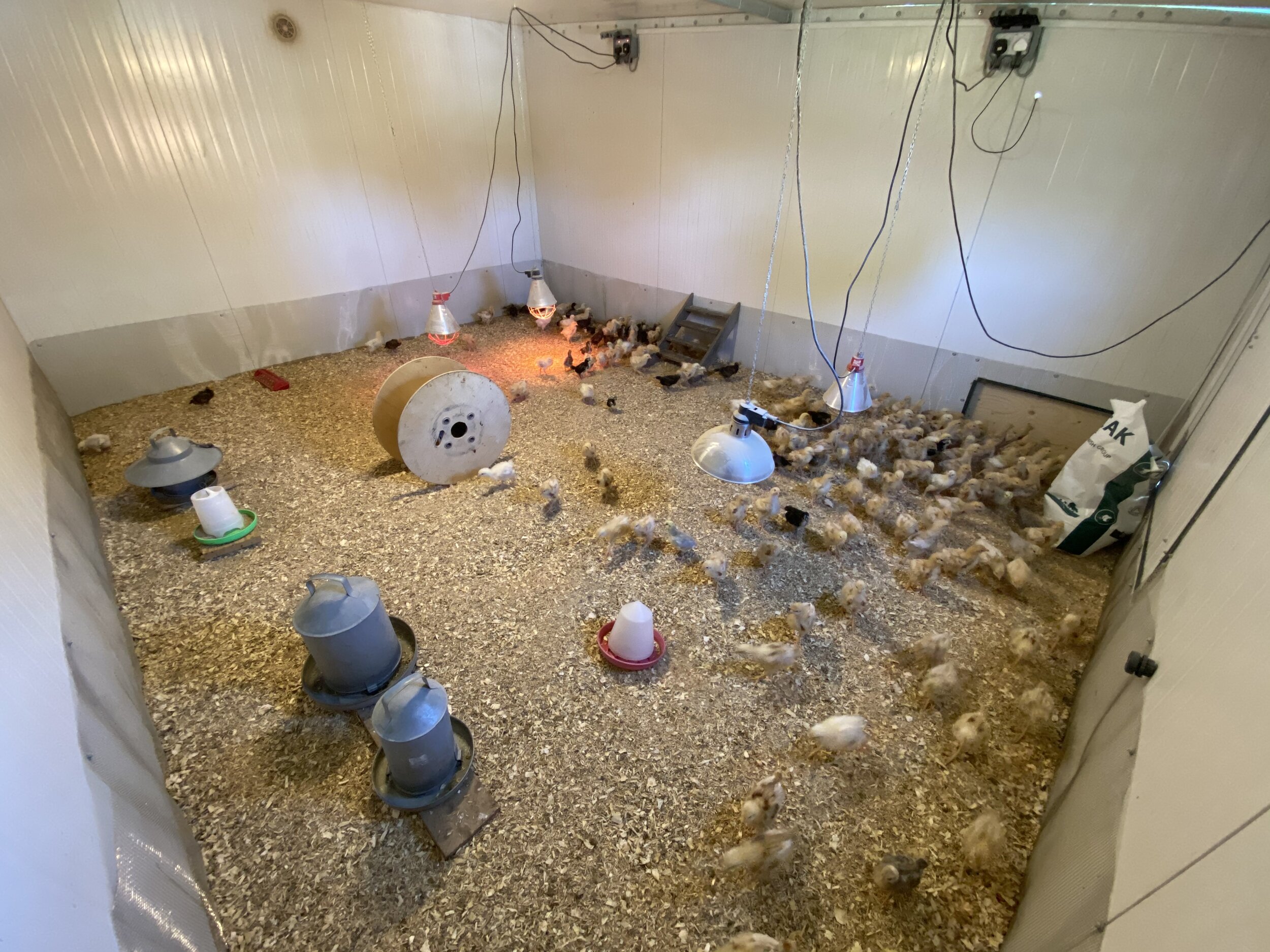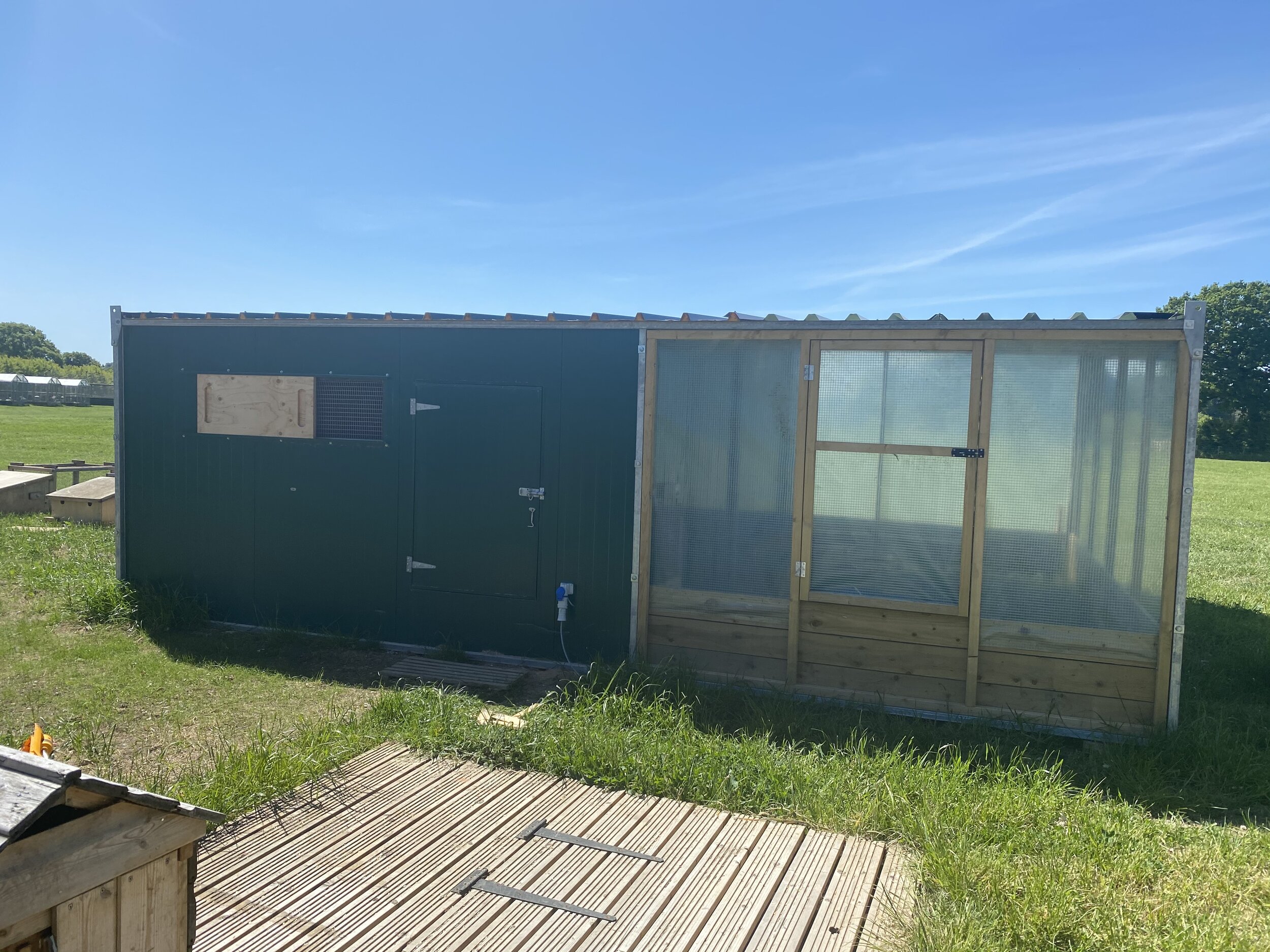If you follow us on social media, you may have seen our photos of all our beautiful coloured eggs. We have so many people asking us who lays which eggs as they’d love to source some of their own.
A little more info on coloured eggs:
The colour of the shell is down to the genetics of the chicken itself. One hen will lay the same coloured egg throughout her lifetime, although the hue may darken as she gets older and comes to the end of her egg laying cycle.
Even though the colour of the shell differs on the outside, on pretty much all colours, the inside of the shell is white. This isn’t the case with blue eggs though, these are blue all the way through! The colour of the egg doesn’t change the nutrients of the eggs and will all taste the same providing they are all on the same feed in the same environment.
How does a hen lay a coloured egg?
The journey of an egg through the hens oviduct takes approximately 26 hours, the shell takes about 20 of those hours to be complete! Hens that lay the blue eggs have the pigment oocyanin deposited on the egg as it travels through the oviduct. This pigment permeates the shell which enable to shell to be blue all the way through. Hens that lay any other colour of egg deposits the pigment protoporphyrin on the eggs much later in the process which stops it permeating the whole shell, therefore leaving the shell white inside.
So who lays which colour?
Blue Eggs -
Our eggs are laid by our Araucana Hens. The Araucana on the farm originated from other members of the British Araucana club. We keep all the best birds in small breeding flocks of up to 10 hens with one cock. We hatch all our stock on the farm for each new season. The best birds are kept to improve the breed standard and other birds go into our laying flock for their lovely blue eggs.
We also have a new hybrid to the farm called Cream Legbars. They are a cross between a Plymouth Barred Rock, a Golden Leghorn and an Araucana. It was developed in Great Britain as an auto sexing breed, the ability to easily distinguish between a cockerel and a hen as soon as they hatch.
Green Eggs-
Our green eggs are laid by a breed that we created on the farm. We crossed an Araucana Cockerel with a Copper Comet Hen. The genetics of the araucana which lays the blue egg crossed with the genetics of the Copper Comet which lays a dark brown egg creates a hen which lays an olive coloured egg. A lot of people refer to them as ‘Olive Eggers’. We’re calling ours the Hi-Oak Olives.
Dark Brown Eggs-
Our really dark brown eggs are laid by a hybrid Maran hen called a Copper Comet. These very attractive hens have black plumage with gold markings on the neck and chest. The amount of markings will vary from hen to hen within the breed. The iridescent black feathers have a stunning green sheen in the sunlight.
They are very calm hens who will reward you with lots of lovely eggs. They are very hardy and will want to be outside in all weather.
White Eggs-
Our white eggs are laid by our Silver Spangled Hamburgs. The Hamburgs on our farm originated, a number of years ago, from the eggs of a well know exhibitor and judge Ian Allonby. We have a small breeding flock and we hatch all our stock on the farm for each new season. They are one of our most popular breeds for hatching eggs and pullet sales but are very limited in their availability.
We also have our Old English Pheasant Fowl that lay a white egg. The OEPF on our farm are one of the first rare breeds that we brought to the farm. I was interested in a breed that is local to our area and was kept by my grandparents on their farm in Lancashire in the early 1900’s. It’s so long ago I can’t remember who I bought the original hatching eggs from. I have over the years introduced a couple of different cock birds, from other specialist breeders, to keep the line fresh. We have a breeding flock of about 10 birds and a number of others in the laying flock. We hatch all our stock on the farm for each new season.
As well as our rare breeds, we also have our Hi-Oak White hens that lay a large, white egg.The Hi-Oak White is a hybrid hen bought in as day-old chicks from the Hendrix Genetics. We raise these birds in exactly the same environment as our rare breeds to Organic standards. They begin to lay at around 19-20 weeks old and have a superb shell quality. These hens are adaptable to all types of housing systems, they are very docile and equally happy free ranging or in a small coop.
Brown/Tinted Eggs-
Our tinted eggs are laid by a few different breeds:
One of our rare breeds that lays a tinted eggs is the Norfolk Grey. The Norfolk greys on our farm are all originated from some hatching eggs I bought about 10 years ago. We have a breeding flock of about 10 birds and a number of others in the laying flock. We hatch all our stock on the farm for each new season.
Another of our rare breeds is the Light Sussex. Both hens and cocks are large, well-built and very friendly. Our breeding stock originates mainly from the retirement sale of Nick Smith’s flock (Nick Smith, from Herefordshire is a legendary breeder of the light Sussex). The Cock birds on the farm are large and very strong birds fortunately they are easily handled and can be quite tame.
We’ve also got two hybrids that lay a tinted egg. The Hi-Oak Brown is a hybrid hen bought in as day-old chicks from either the Hy-line or Joice & hill hatcheries. We raise these birds in exactly the same environment as our rare breeds. It is one of the world’s best brown egg layers. They begin to lay around 19-20 weeks old and starts to lay with some of the largest size pullet eggs we’ve ever seen. The birds have been brought up outdoors from an early age and they are fully hardened to our weather in the North of England. They are great free rangers but are equally happy in a small coop.
The Muirfield Black Rock is a hybrid hen bought in as day-old chicks from the Crosslee Farm in Scotland. We raise these birds in exactly the same environment as our rare breeds. She begins to lay brown tinted eggs at around 20-22 weeks. Having been brought up outside and bred specifically for the outdoors they are fully hardened to our weather in the north of England are equally happy in a small coop or free ranging.
If you’re looking to add some different colours into your eggs basket, just get in contact and we’ll let you know our availability!













